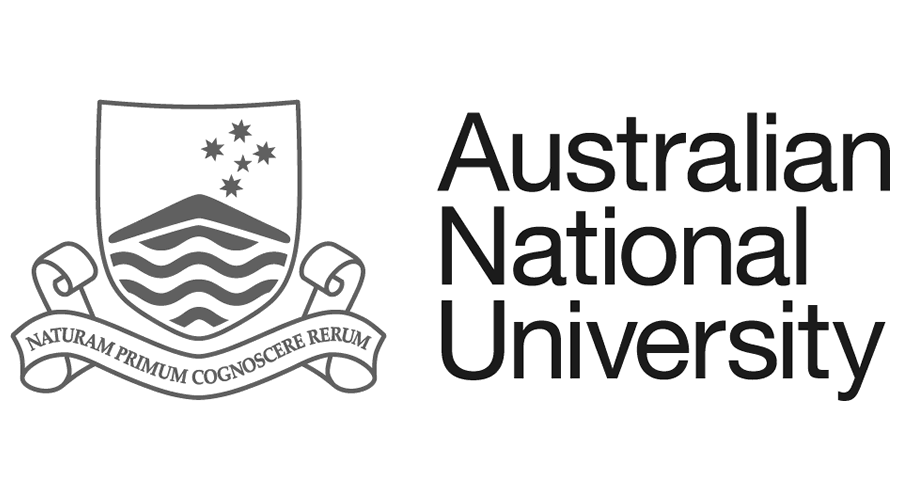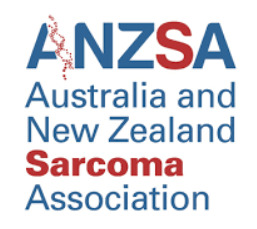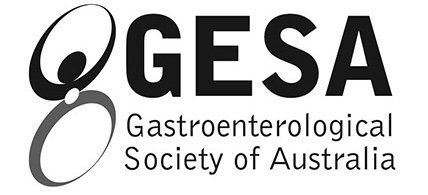BREAST CANCER SURGERY
Treatment for breast cancer usually involves surgery to the breast and axilla. Oncoplastic Breast Surgery involves using plastic surgical techniques to improve aesthetic outcomes in breast conservation surgery and mastectomy.
Surgery to the Breast
There are 2 types of breast cancer surgery - breast conserving surgery and mastectomy.
Breast Conserving Surgery
Breast conserving surgery, also called lumpectomy or wide local excision, involves removal of the tumour with a rim of normal tissue. There are a variety of techniques that can be used to reshape the breast and preserve its appearance after the tumour is removed, known as oncoplastic breast surgery.
Breast conserving surgery is recommended if the cancer is small compared to the size of your breast. It is almost always combined with radiotherapy.
Research has shown that breast conserving surgery followed by radiotherapy is as effective as mastectomy in treating early breast cancer. The chance of the cancer coming back in another part of the body is the same with either type of surgery.
Mastectomy
Mastectomy involves removal of the entire breast.
A mastectomy may be recommended if
- There is cancer in more than one area of the breast
- The cancer is large compared to the size of your breast
- Clear margins cannot be obtained with breast conserving surgery
- You cannot have radiotherapy
- You find out that you have the BRCA1 or BRCA2 gene mutation at time of your breast cancer diagnosis
Breast reconstruction can be performed at the same time as mastectomy (immediate reconstruction) or at a later stage (delayed reconstruction). Some women choose to have flat closure and have no reconstruction.
Double Mastectomy
Some women who need a mastectomy in one breast choose to have the other breast removed as well. This is known as a contralateral prophylactic mastectomy. A double mastectomy may be recommended if you have the BRCA1 or BRCA2 gene mutation, because the mutation increases the risk of developing another breast cancer. Some women with average risk also choose to have a double mastectomy, even though it does not normally make any difference to survival rates.
Which surgery should I have?
You may be given the option of breast conserving surgery or mastectomy.
Research has shown that breast conserving surgery followed by radiotherapy is as effective as mastectomy in treating early breast cancer. The chance of the cancer coming back in another part of the body is the same with either type of surgery.
The operations have different benefits, risks and side effects. In making your decision, remember there is no ‘right answer’ just the best one for you.
Surgery to the Axilla
The lymph nodes in the armpit are often the first place breast cancer cells spread to outside the breast. Some or all of the lymph nodes are removed, usually at the time of breast surgery, to be tested for cancerous cells. There are 2 types of axillary surgery - sentinel node biopsy and axillary dissection.
Sentinel Node Biopsy
Sentinel node biopsy involves removal of a few nodes (usually 1 to 3 nodes). It is the standard technique to assess the lymph nodes in women with early breast cancer. The sentinel node is the first lymph node into which fluid from the breast drains, and is therefore the first place to which breast cancer can spread. If the sentinel nodes are clear of cancer cells, no further surgery is needed. If one or more sentinel nodes contain cancer cells, axillary dissection or radiotherapy to the armpit may be required.
Axillary Dissection
Axillary dissection, also known as axillary clearance, involves removal of most or all of the nodes (usually 10 to 20 nodes). It is usually recommended when cancer is found in the lymph nodes on imaging and biopsy before surgery.
















